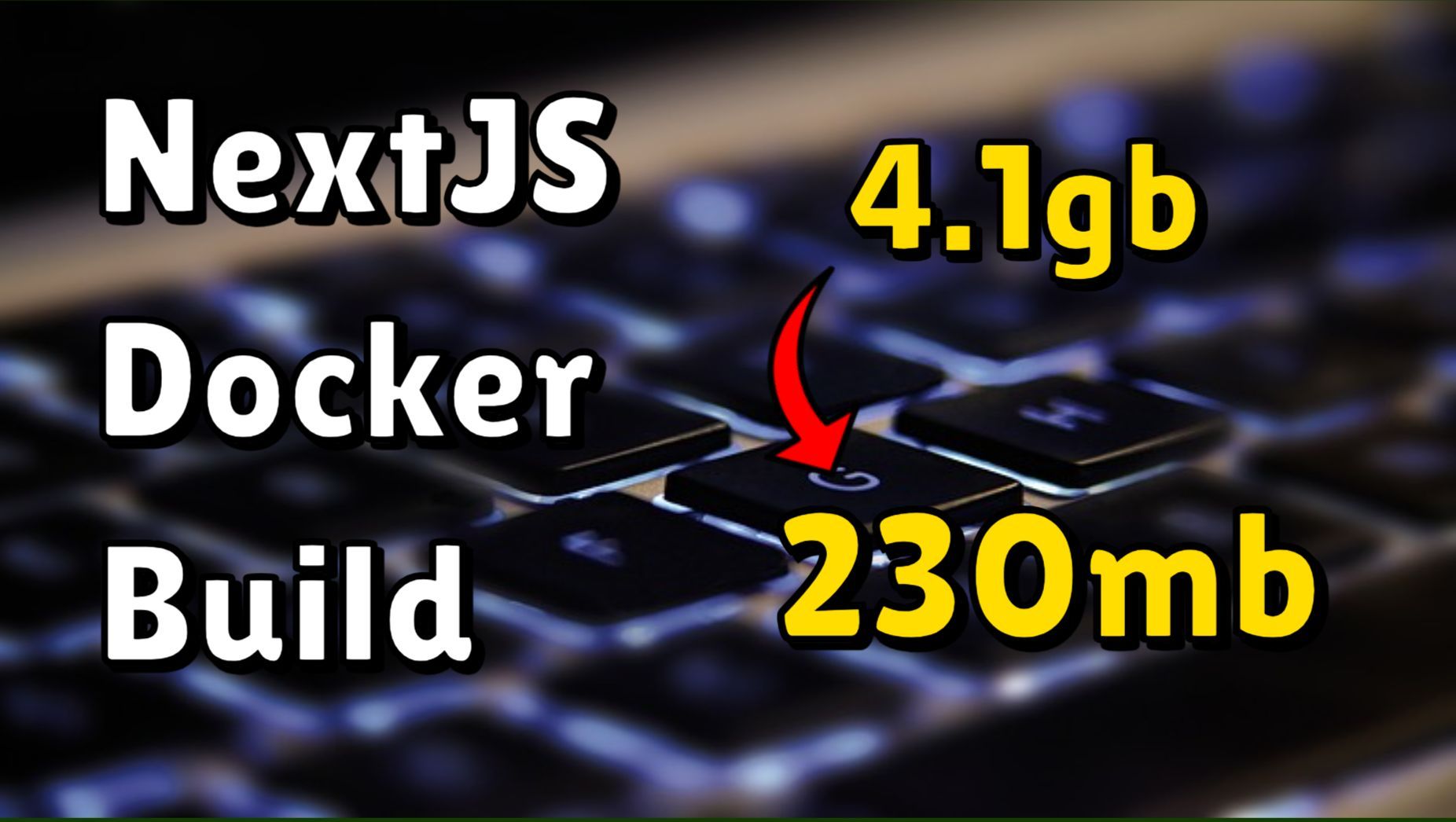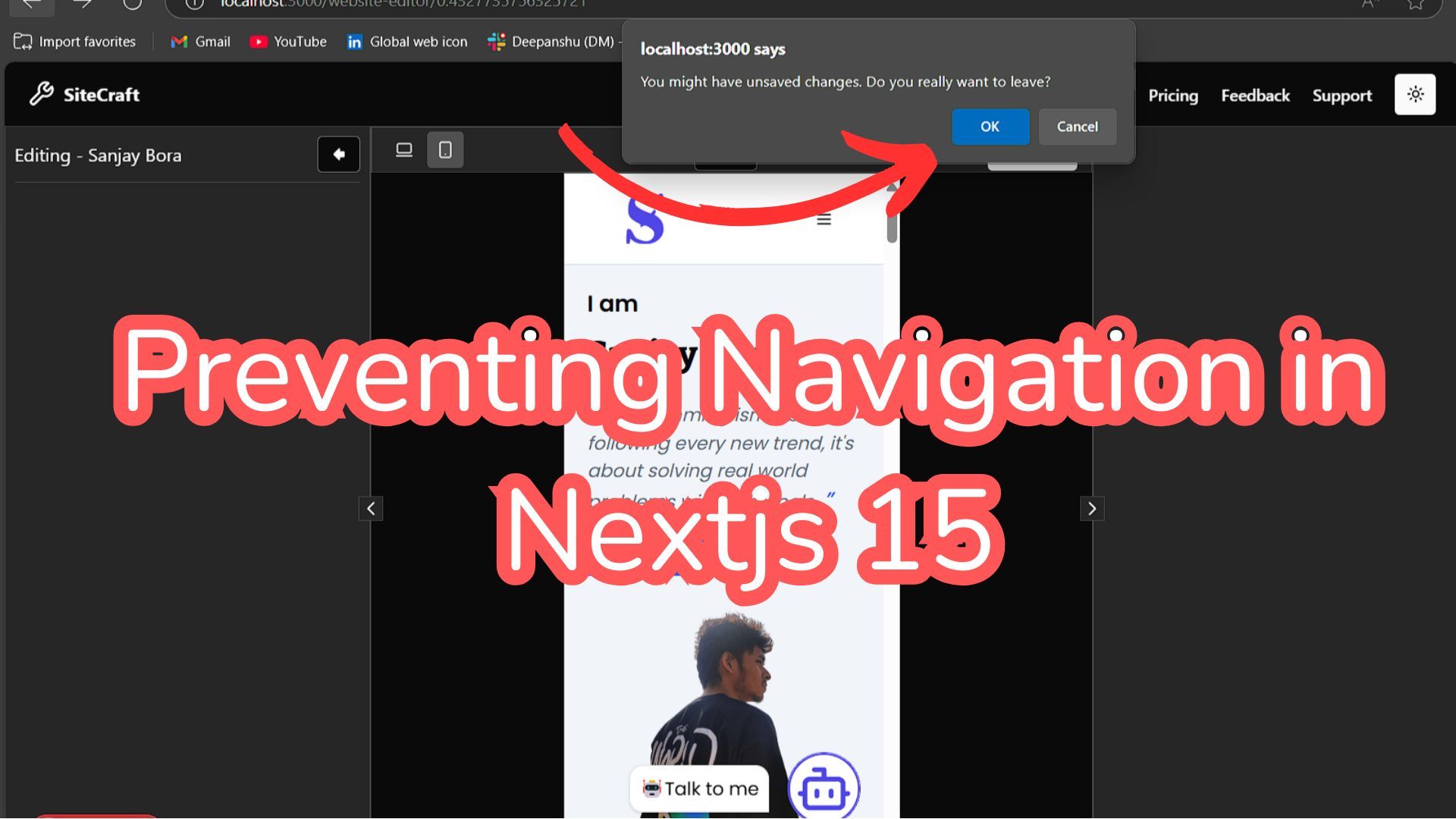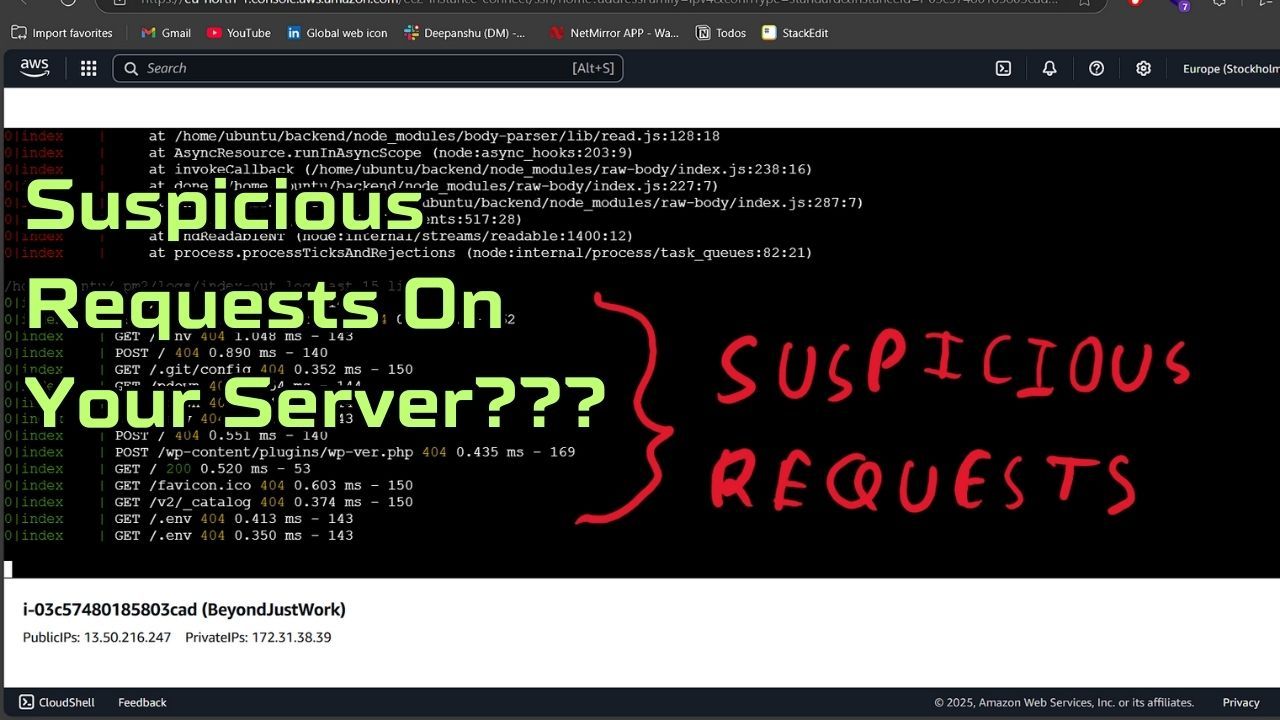
How I Reduced My Next.js Docker Image from 4.1 GB to 230 MB
🆕 New Update
After reducing the image size to 230 MB using Next.js standalone output with pnpm, I tested the same approach using yarn as the package manager. Surprisingly — or perhaps not — the image size remained the same at 230 MB.
This confirms that the standalone output produced by Next.js is independent of the package manager used. Whether you prefer npm, yarn, or pnpm, you’ll get the same lean and production-ready image when using the standalone build.
So choose the package manager that fits your team's workflow — Next.js standalone output will do the heavy lifting.
As developers, we’re constantly looking for ways to make our applications faster, smaller, and easier to deploy. Recently, I discovered just how much bloat was hiding in my Docker image—and how simple it was to eliminate it with a few smart changes.
📦 The Starting Point
I’m working on a full-stack Next.js project, containerized for deployment. My original Docker image, built using npm and a fairly typical Dockerfile, weighed in at a whopping 4.1 GB.
That’s fine during development, but once you’re pushing and pulling this image in CI/CD, across environments, or to a production registry—it quickly becomes a bottleneck.
⚡️ Step 1: Switching from npm to pnpm
The first change I made was switching from npm to pnpm. It uses a global content-addressable store and symlinks, meaning:
No duplicated dependencies
Smaller node_modules
Faster install times
Commands used:
npm install -g pnpm
rm -rf node_modules package-lock.json
pnpm install
This change alone reduced the image size from 4.1 GB to 1.6 GB.
🛠 Step 2: Enabling Standalone Output in Next.js
While discussing optimization strategies on Reddit, someone suggested enabling Next.js standalone output — and this was a game changer.
Add this to your config:
jsCopyEdit// next.config.js module.exports = { output: 'standalone', };
Next.js then generates a minimal .next/standalone directory during the build, containing:
The compiled app
Only the production-required dependencies
This removes the need to include the entire source or full node_modules in the final image.
🐳 Step 3: Optimizing the Dockerfile
Here’s the optimized Dockerfile:
# Use minimal Node image
FROM node:18-alpine AS base
WORKDIR /app
# Install pnpm
RUN npm install -g pnpm
# Install deps and build
FROM base AS builder
COPY . .
RUN pnpm install --frozen-lockfile
RUN pnpm build
# Final image
FROM node:18-alpine AS runner WORKDIR /app
# Copy standalone build output
COPY --from=builder /app/.next/standalone ./
COPY --from=builder /app/public ./public
EXPOSE 3000
CMD ["node", "server.js"]
Now the image includes:
Only what’s needed for production
No dev dependencies or build artifacts
✅ The Final Result
🔻 Image size reduced from 4.1 GB ➝ 230 MB
📦 Lean, production-optimized container
⚡️ Faster deployments and smaller registries
🧠 Key Takeaways
pnpm improves both dependency management and Docker image size
Next.js standalone output makes shipping cleaner builds easier
Less is more when building containers for production
📚 Resources
Have you tried optimizing your Docker images with this method? I'd love to hear what worked for you or what you'd improve!




